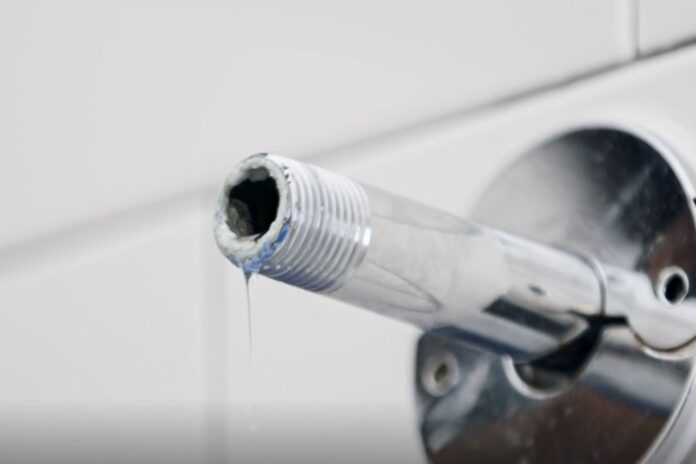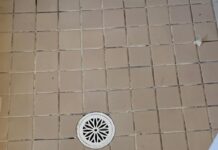Water pressure can enormously impact daily activities like washing machines and showering. If your water pressure decreases suddenly or gradually, this could indicate an issue in your plumbing system that requires immediate attention.
To troubleshoot and tackle the frustrating issue of low water pressure, check out this resource on what to do.
Corrosion
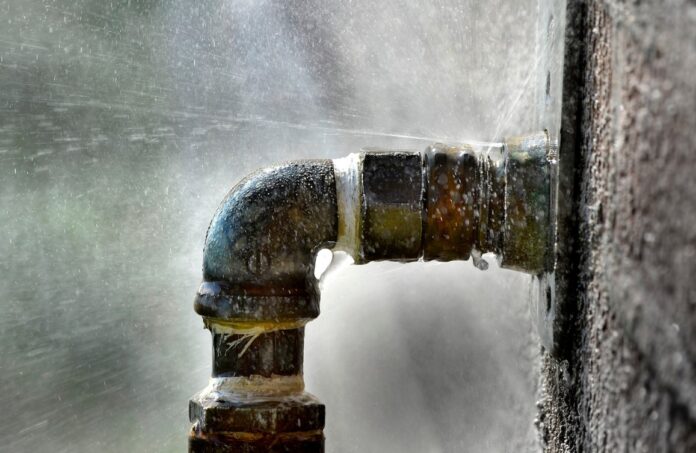
Corroded pipes can drastically decrease water pressure. Corrosion occurs as a natural reaction between metal plumbing lines and their metal surroundings and leads to mineral buildup within them – often in older homes with galvanized steel pipes – narrowing their interior over time and decreasing the flow rate significantly.
If this sounds familiar to your experience of low water pressure, corrosion could be part of the culprit!
To accurately diagnose this, shut off every faucet in your home and check your water meter; if it reads non-zero, one of your pipes is leaking.
Additionally, use either the gate valve (which resembles a wheel) or the ball valve (with a lever). If your leak still exists after this test has been run, contact a plumber immediately and have it sealed immediately.
Speaking with neighbors can also help determine whether your pipes have become corroded if their water pressure drops in response to something happening nearby that affects their supply.
A professional plumber will be able to find out whether your pipes need cleaning or replacing and suggest the ideal solution.
Sediment buildup
Many homeowners have experienced a gritty taste or texture to their water supply, which indicates that sediment has built up in their pipes due to local construction that stirred up local sand from pipes being repaired in their neighborhood or simply from old galvanized steel pipes that are gradually corroding over time.
Whatever its cause, sediment buildup in pipes can quickly lead to reduced water pressure throughout your house. Thankfully, however, this problem is easily remedied by having a plumber assess and determine whether these pipes can be cleaned or whether replacement may be required.
If this appears to be your problem, locate your water meter valve; this could be on an exterior wall in warmer climates or an underground box between your home and city lines; in your basement or garage; turn its handle (a metal tab you can rotate with one hand) until its parallel with the pipe; once opened fully, your home should have full water pressure once more.
Main valve
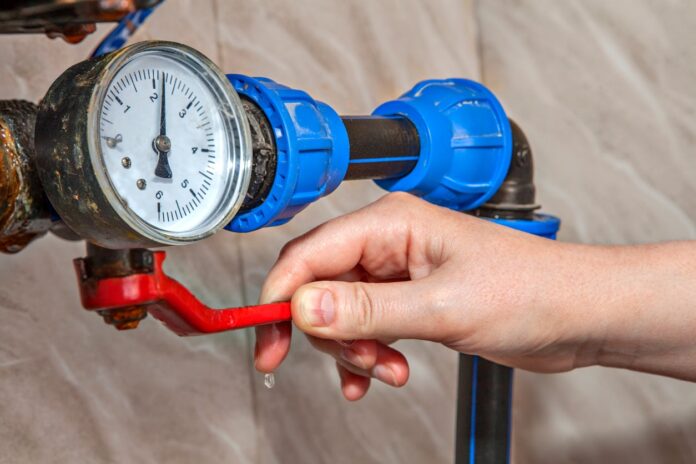
Low water pressure may also be due to leaks in your plumbing system. Leaks may be caused by corrosion, hairline cracks in pipes, or their age – homeowners can often identify whether there’s a leak by shutting off all taps at home and taking readings off their meter. Any sudden spikes indicate there could be an imminent leak nearby.
There is another valve that regulates your home water supply called the meter valve, though most residents rarely interact directly with this component.
However, if work was recently conducted on your city supply line and you experience sudden drops in pressure resulting from work done there on your water main, chances are high that this component isn’t fully open.
Water Meter Valve: Ensuring Proper Flow
The water meter valve plays a crucial role in regulating your home’s water supply, yet many homeowners rarely interact directly with this component.
If you’ve recently experienced sudden drops in water pressure following work on your city supply line, it’s essential to check the status of your water meter valve.
This valve is typically located on an exterior wall in warmer climates or in an underground box between your home and the city lines.
It might also be situated in your basement or garage. To address low water pressure caused by a partially closed meter valve, simply turn its handle (usually a metal tab) until it’s parallel to the pipe. When fully opened, your home should regain its full water pressure.
Aerator Blockages: The Silent Water Pressure Thief
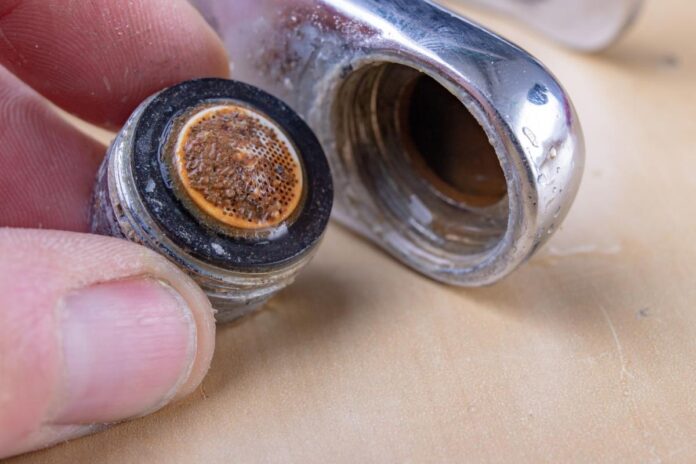
Homeowners may notice that their water pressure is lower than expected, often attributing it to plumbing issues. However, in some cases, the culprit could be the aerators on various fixtures throughout the house.
Aerators are designed to reduce water volume while maintaining pressure. Over time, they can become blocked with dirt, limestone deposits, or rust buildup. To restore normal water pressure, it’s usually necessary to remove and clean these aerators.
This straightforward maintenance task can often solve the problem of reduced water pressure instantly.
Identifying Hidden Leaks
Low water pressure can also be a result of hidden leaks in your plumbing system. These leaks may be caused by corrosion, hairline cracks in pipes, or the natural aging of your plumbing infrastructure.
To determine if there’s a hidden leak in your system, shut off all taps in your home and monitor your water meter. Any sudden spikes in the meter readings could indicate the presence of an imminent leak nearby.
If you suspect a leak, it’s essential to seek the expertise of a professional plumber to locate and address the issue promptly.
City Supply Line Work: Checking Your Water Main Valve
If you’ve recently experienced a sudden drop in water pressure due to maintenance work on your city’s supply line, the culprit might be your water main valve. This valve, responsible for regulating the flow of water into your home, may not be fully open after such maintenance.
To ensure proper water pressure, locate your water main valve, which is often situated near your water meter or where the main water line enters your home.
Check if the valve is fully open, with its handle aligned parallel to the pipe. Adjusting the water main valve can often resolve water pressure issues stemming from recent city supply line work.

